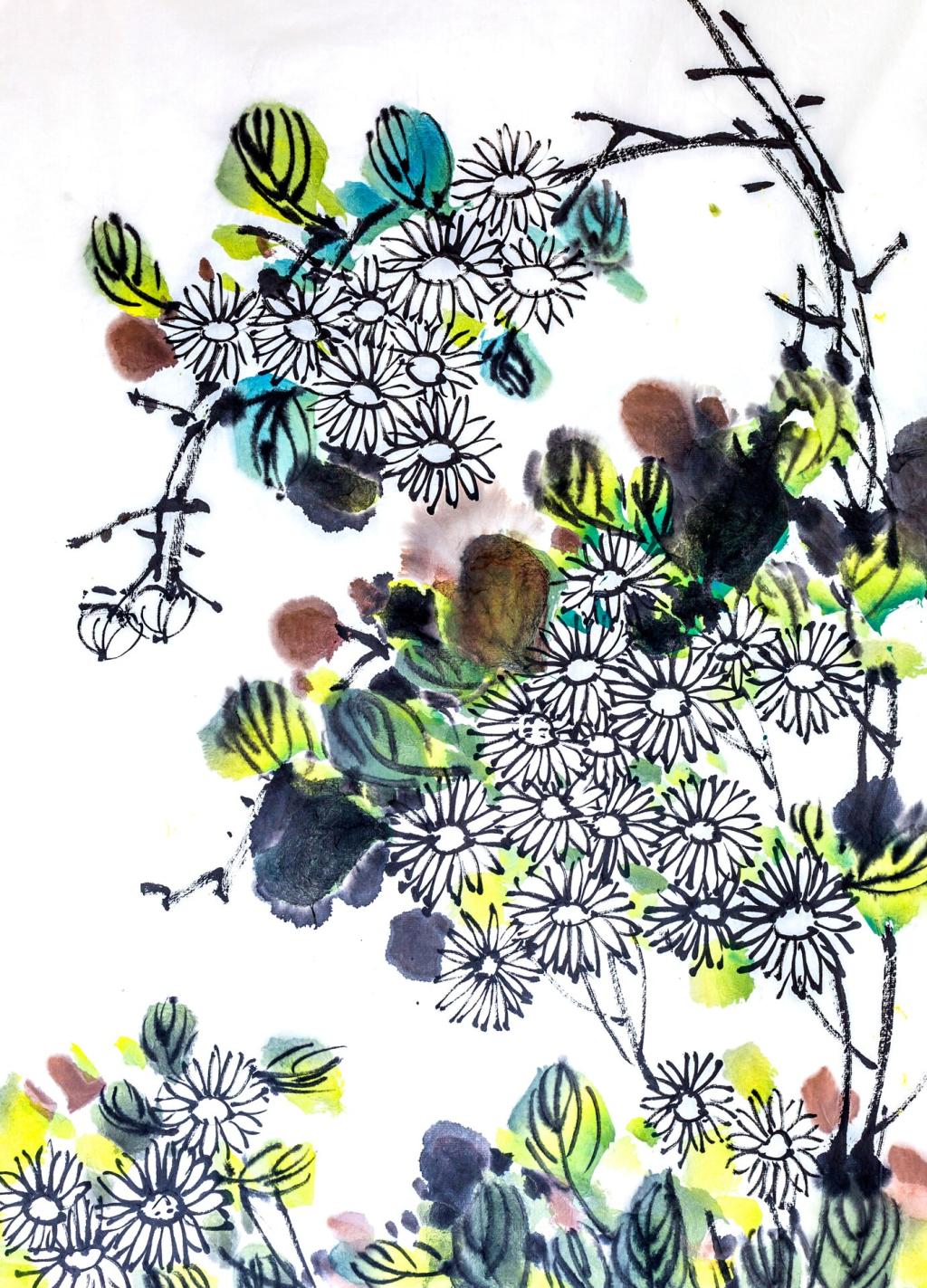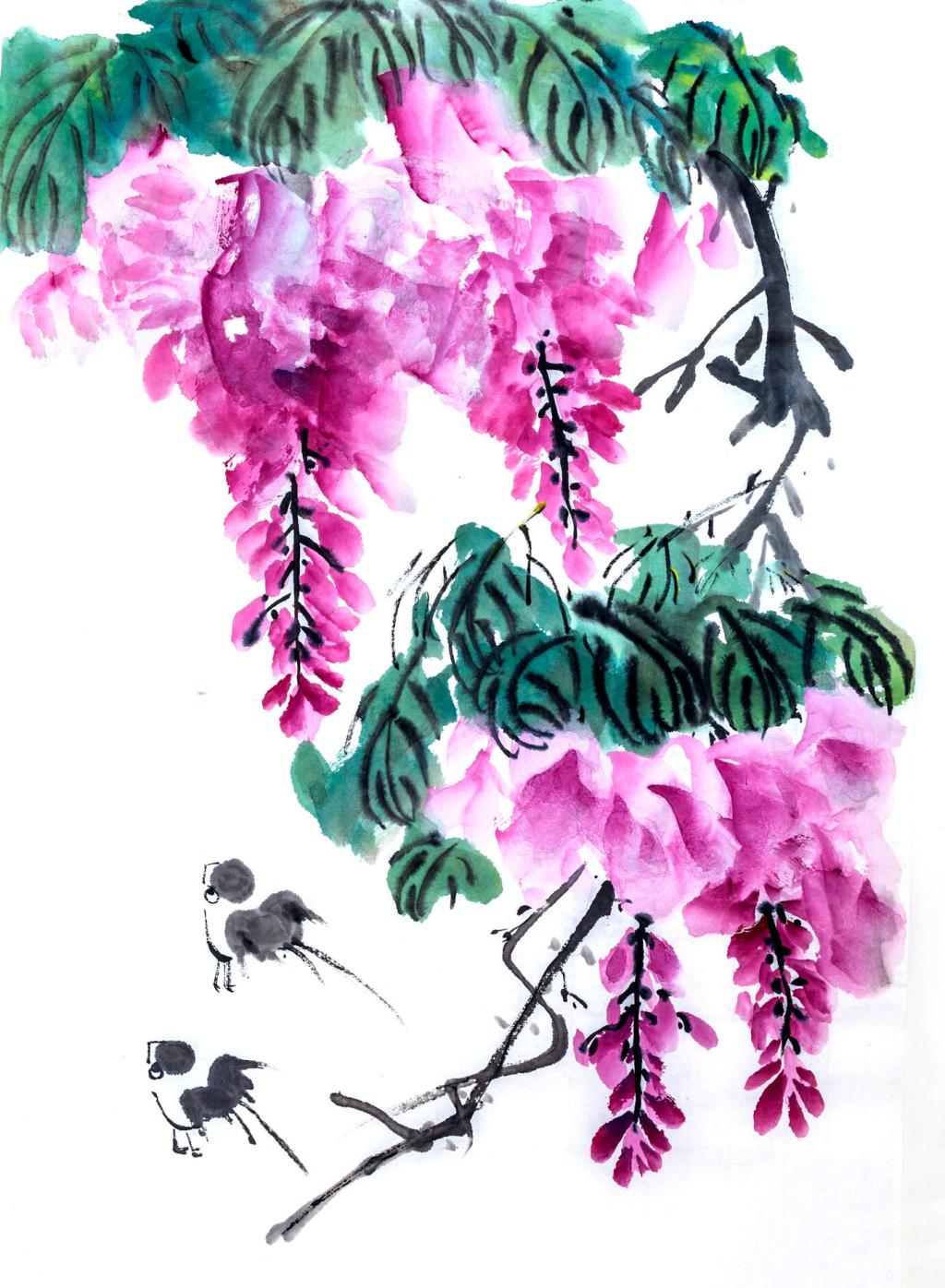Masterpieces of Nature in Art
A Brief Journey Through Nature’s Grand Gallery
Our story begins in flickering torchlight, where paleolithic painters mapped animals as if sketching the heartbeat of the earth. Centuries later, Monet planted his own garden and painted the ripples of Giverny until water and sky blended. If these bookends move you, tell us which early or impressionist work awakened your love for nature.
A Brief Journey Through Nature’s Grand Gallery
J. M. W. Turner’s tempests and Hokusai’s wave both transformed weather into wisdom, proving that landscape carries memory beyond borders. Each brushstroke, grain of paper, or woodblock cut becomes an archive of wind. Which seascape or storm scene reminds you of a place you long to return to?

Techniques that Let Nature Speak
Rather than painting things, paint the air around them. Track the golden hour’s brief flare, note how humidity mutes edges, and chase reflections as they slip. Plein-air practice trains speed and sensitivity. Post your quick studies—what did the sun reveal when you stopped trying to control it?


Stories Behind Iconic Works
Monet built his subject, tending lilies and a Japanese bridge until his garden became a living set. He painted serially, tracking clouds and seasons. Visitors described silence broken only by frogs and distant trains. Have you ever cultivated a view—balcony plants, window herbs—that became your private motif?
Stories Behind Iconic Works
Georgia O’Keeffe returned to skulls, stones, and blossoms not as symbols of death but as distilled presence. New Mexico’s light gave edges an almost musical clarity. Her long walks were as vital as her brushes. What element—bone, shell, seed—could anchor your own series of nature portraits?
Find a Place that Listens Back
Choose a sit-spot: a stoop, river bend, or park bench you’ll revisit through changing light. Bring a notebook, record small shifts in scent, breeze, and birdsong. Leave no trace, take only notes. Share a snapshot of your sit-spot and what changed between visits.
Compose with Curiosity
Let leading lines guide the eye, cluster focal points in thirds, and welcome negative space like a deep breath. Make thumbnail sketches to test rhythms before committing. What compositional tweak—lower horizon, tighter crop—suddenly made your scene sing? Post before-and-after frames to teach the rest of us.
Finish with a Conversation, Not a Conclusion
Invite critique that asks, “What does the wind sound like here?” rather than “Is it finished?” Revisions become dialogues with place. Start a micro-crit thread below; offer one observation and one question to the artist above you. Masterpieces grow in generous communities.
Curating Nature at Home
Hang works where morning light grazes, not glares. For photos, consider anti-reflective glazing; for watercolors, avoid harsh sun. Give a horizon room to stretch—crowding compresses calm. Which corner of your home unexpectedly makes a small landscape feel expansive?
Curating Nature at Home
Natural woods echo forest tones; white mats can mimic cloud margins. Archival materials protect fragile papers, letting color keep its promise. If a piece feels cramped, widen the mat to restore silence. Share framing choices that made your nature artwork suddenly feel at home.
Curating Nature at Home
Swap winter fogs for spring blossoms, or desert horizons for late-summer dusk. Rotations refresh the eye and honor the cycles that inspired the work. Build a simple calendar and invite your family to vote on what’s next. What will you hang to welcome the coming season?
Global Perspectives on Nature in Art
01
Shan shui landscapes cultivate emptiness as presence, letting mist do the storytelling. A few strokes suggest miles of ridge and river. Practice restraint: one brush, one value range, one breath. Post your most minimal study and describe what the blank paper allowed you to hear.
02
Many Indigenous artists depict land as kin rather than backdrop, mapping routes, seasons, and ceremony. When viewing, ask whose story you are witnessing and how to honor it. Share resources or artists from your area whose work deepens respect for place and stewardship.
03
High-latitude light lingers, turning twilight into theater. Painters and photographers learn patience, waiting for a sky that hums softly instead of shouting. Try a long exposure at blue hour and note how calm becomes a character. What quiet drama did your sensor or sketchbook capture?
Sustainability and Ethics in Nature Art
Choose FSC-certified papers, solvent-free mediums, and responsibly sourced pigments. Reuse panels, refill bottles, and dispose of waste properly. Beauty should not arrive with a hidden bill. What eco-swap—brush cleaner, varnish, packaging—made your studio both safer and more serene?
If creating in-situ, follow leave-no-trace principles, respect permits, and avoid disturbing habitats. Ephemeral works—stones, ice, leaves—can vanish without harm yet linger in memory through documentation. Share a time when you chose restraint and the piece became stronger for it.
Support artists who give back to conservation, verify provenance, and learn the cultural contexts of motifs you acquire. A thoughtful collection becomes a small sanctuary for viewers and makers alike. Tell us about a purchase that connected you more deeply to a place you love.
